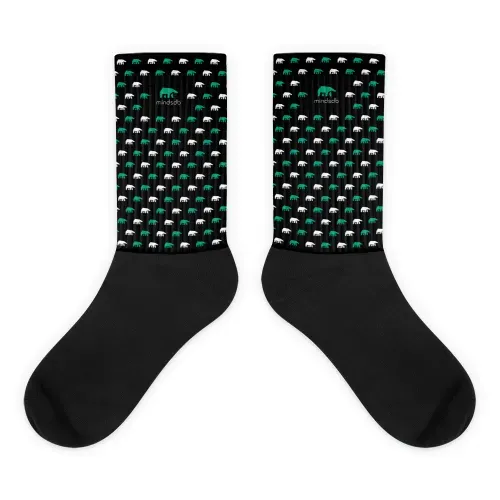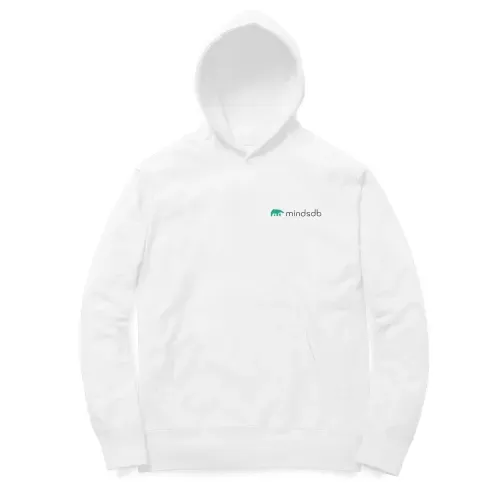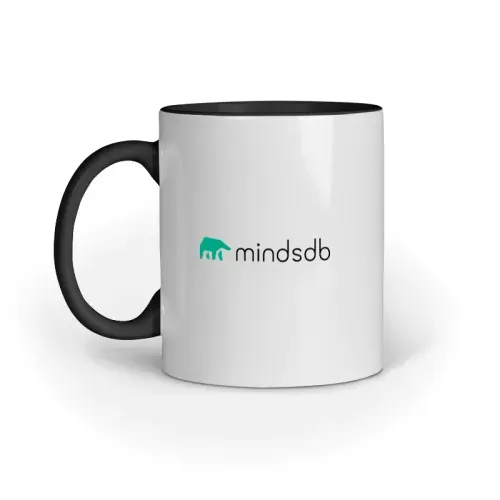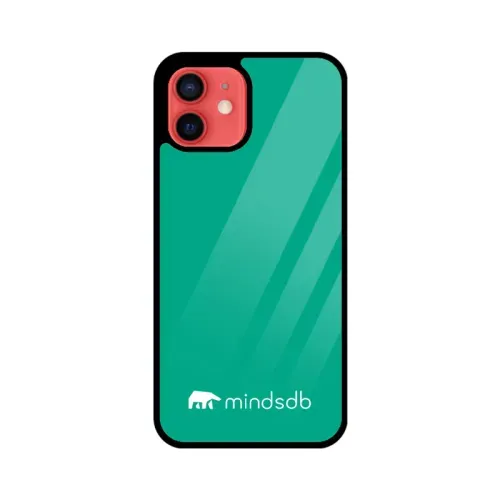
Connect, share, and learn
MindsDB
Community Calls
Join our MindsDB in Practice Monthly call for fresh product demos, live Q&A with product leadership, and community show-and-tells.
When: The last Friday of each month at 9:00 AM US Pacific
Where: Zoom (complete the form to get the invite link)
open source is changing the world—one contribution at a time
Contribute
We are super proud of the MindsDB community and everything you do as contributors. Learn how to collect rewards for your contributions of code, content, and more.
Contribution Rewards
You can earn rewards by contributing to MindsDB.* Earn credits to spend at our MindsDB SWAG stores, available worldwide. Here’s how to earn:
Report a bug on GitHub or fix typos
+3 credits
Improve docs, perform manual test
+10 credits
Fix a bug, build an automated test
+15 credits
Write a tutorial
+21 credits
Record a video tutorial
+27 credits
Build/improve data-source integration
+27 credits
Build/improve AI engine integration
+48 credits
Build an app using MindsDB
+100 credits
*Contributions may be eligible for swag credits based on overall quality and impact















